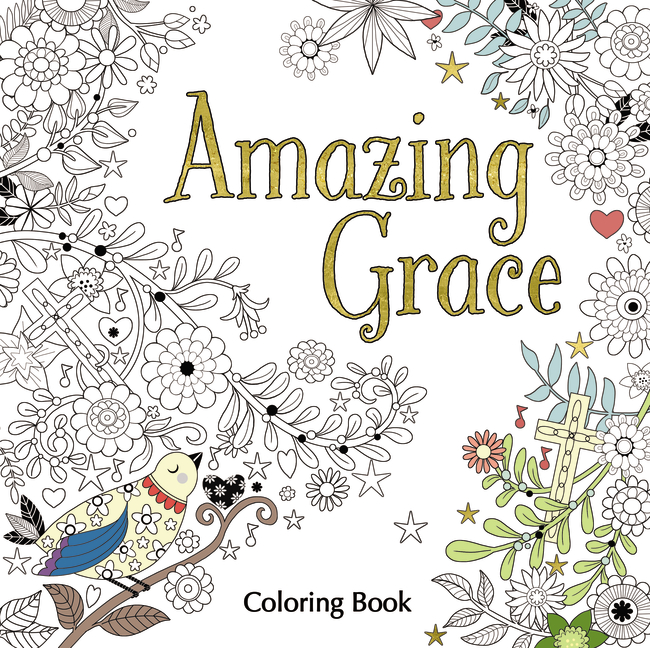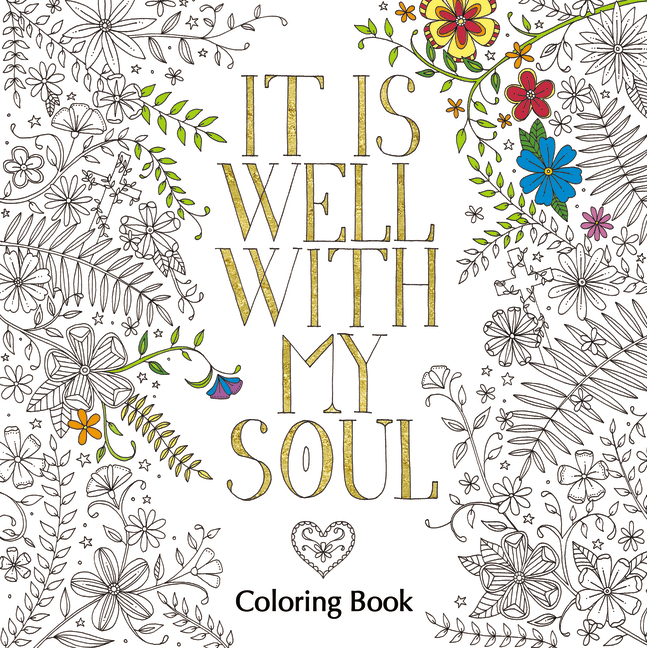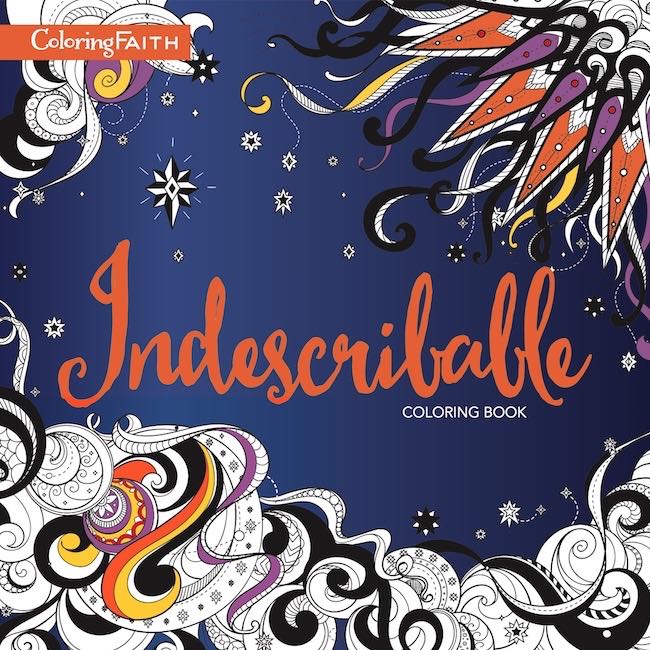
One of the keys to enjoying adult coloring is discovering your set of personal preferences. Do you prefer coloring geometric patterns or organic shapes? Would you rather color simple illustrations or intricate designs? When starting a new coloring hobby, let’s ask, “Should I use colored pencils or markers?”
At first glance, the difference between markers and colored pencils can seem pretty small. In reality, this simple choice can make a tremendous impact on your experience as a budding colorist. Let’s talk about the differences, and which might be right for you.
Colored Pencils
Benefits of Coloring with Colored Pencils
Colored pencils allow a great amount of control. While a marker’s ink is incapable of offering dramatic variances in color concentration, a colored pencil can be as light or dark as the pressure applied while coloring. Want a darker hue? Go over that section again, or apply greater pressure. This ability to represent various values of the same color also makes creating gradients and other effects a simple task.
…higher paper thickness goes a long way toward resisting the typical wear and tear of coloring with pencils.
Lastly, colored pencils allow a very tactile interaction with your coloring page. The gentle sensation of a colored pencil dragging across the grain of a nice weight paper can offer a soothing experience of its own. Overall, a colored pencil set is a wonderful way to achieve rich depth with a soft, pleasant texture.
Limitations of Coloring with Colored Pencils
While colored pencils offer a great amount of control, darker color values or higher saturations can be difficult to achieve without applying focused pressure. Coloring books with lighter paper weights (70lb or below) can make coloring both sides of a sheet difficult due to press or stroke marks from your pencils.
The highest quality coloring books, like the trendsetting Secret Garden, offer 80–100lb text stock on interior pages. This extra heft gives each page a rigidity approaching cover stock. Additionally, higher paper thickness goes a long way toward resisting the typical wear and tear of coloring with pencils.
Tips For Using Colored Pencils
Some artists slide a thin piece of acrylic behind the page they’re coloring. This more rigid surface prevents the page from pressing and warping into the soft paper beneath. However, even with focused pressure and a rigid surface, colored pencils will never offer the clean, continuous look of markers. For colorists looking to fill pages with the richest array of color values, markers may offer a better option.
Markers
Benefits of Coloring with Markers
 Markers create crisp, clean bodies of color. The main coloring benefit of markers is the high level of saturation from ink flowing onto the paper. Additionally, markers offer a great deal of consistency in each stroke. For artists seeking uniform bodies of color, markers are your best bet.
Markers create crisp, clean bodies of color. The main coloring benefit of markers is the high level of saturation from ink flowing onto the paper. Additionally, markers offer a great deal of consistency in each stroke. For artists seeking uniform bodies of color, markers are your best bet.
While colored pencils allow for fine precision and control, modern adult coloring marker sets often come packaged with “blender pens”. These pens are designed to effectively mingle neighboring marker colors into a single, soft gradient. With experimentation, these blender markers can create a small assortment of very unique color melding effects.
Limitations of Coloring with Markers
There’s nothing quite like the ink from a fresh, well-crafted maker. Well placed bodies of ink create clean, solid fields of crisp color. There are two main challenges when coloring with markers:
- Ink is wet.
- Ink color is flat.
Working With Wet Ink
On porous paper, ink can soak through, warp, or “bleed”. In most cases, the more coarse the paper, the more damage ink will do. Most adult coloring books use fine grain paper because of these issues.
The best combination for coloring with markers is a smooth texture, heavy weight paper (80lb text or heavier). Paper used with markers should resist bending a bit.
Explore your coloring style with these downloadable sheets from our coloring books!
Try It Out!
Working With Flat Colors
The other issue many colorists encounter when using makers is the “flat” nature of ink. Unlike pencils, markers can’t be lighter or darker based on tactile interaction. This can create challenges when attempting to blend or graduate specific hues or tones from one to another.
Unfortunately, the process of using a blending marker isn’t as simple as it may appear. The best results occur when varying but similar bands of color are used to progress from light to dark. A blending marker can very effectively mingle the bands into a more cohesive transition. That being said, blending ink takes practice, and the very best results happen through effective planning of your process. For many though, the challenge of coloring with markers is part of the allure of coloring. Pushing yourself to learn new techniques and face new challenges can be fun under the right circumstances.
Click to read more about how to use blending markers.
How Much Should You Pay for Colored Pencils & Markers?
Like any artistic hobby, the cost of coloring tools varies greatly. Most colorists will find a nice $10–$15 set of markers or colored pencils suitable for their needs. On the premium end of the spectrum, Prismacolor is among the most respected names, offering high quality markers and colored pencils. Their products are designed to carry the most vibrant hues possible with minimal “tracking”. Tracking is the discernible stroke which can appear as a marker slides back and forth along parallel lines.
Prismacolor sets start around $40 and can increase all the way to $140 depending on the specific SKU. For a more modest adventurous option, watercolor pencil sets start at around $25 and offer a bit more flexibility and quality than standard colored pencils.








